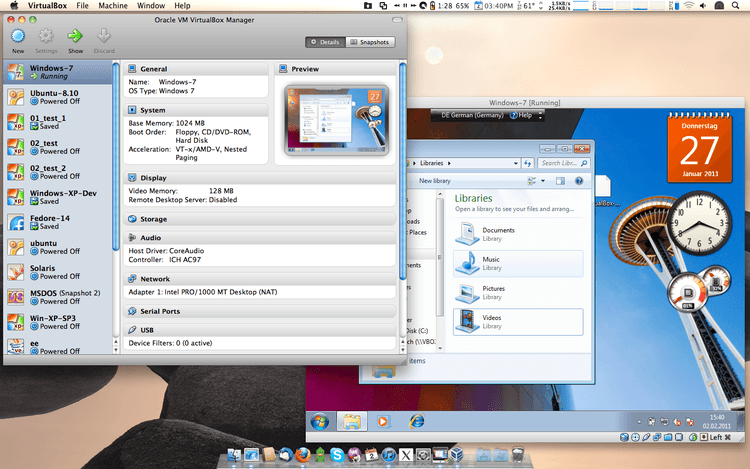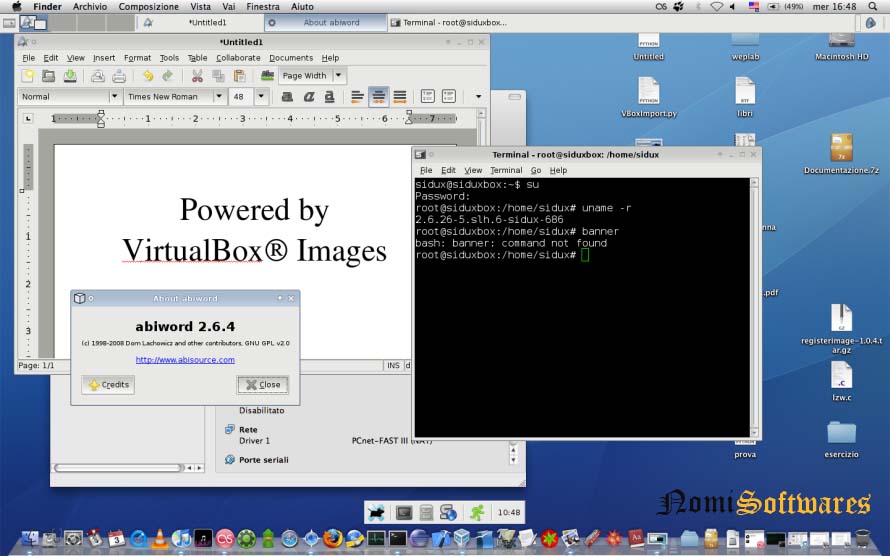

In Oracle’s own words, “VirtualBox is a powerful x86 and AMD64/Intel64 virtualization product for enterprise as well as home use.” How to run Raspberry Pi Desktop on Windows or macOS Step 1: Download and install VirtualBoxīecause we’re going to run Raspberry Pi Desktop on a virtual machine, we’ll need to download Oracle VM VirtualBox. If you want to keep running Windows or macOS on your computer, your best bet is to run Raspberry Pi Desktop on a virtual machine – which is exactly what we’ll show you how to do in this guide. The simplest way to get Raspberry Pi Desktop up and running is to install the operating system, but that will require you to dedicate a computer to the project (or at least to partition a hard drive). It’s also fun because it backs the familiar Raspbian interface with your PC or Mac’s hardware, which is much more powerful than the little Pi. That makes it useful for testing out projects when your Pi isn’t handy. This Raspbian-like OS (as the names imply, both operating systems are based on Debian) allows you to use your PC or Mac as a kind of substitute for your Raspberry Pi. This time, we’re changing things up: we’re going to show you how to use a PC or Mac to run the Raspberry Pi Foundation’s desktop operating system, Debian with Raspberry Pi Desktop (for brevity’s sake, we’ll call it just “Raspberry Pi Desktop” from now on). After creating the Monterey ISO file image, you can install macOS on virtual machine.Our articles usually show you how to do things on a Raspberry Pi. To download macOS Installer, you can use a Real Mac, Virtual macOS, or a Remote Mac online. To create a macOS Monterey ISO image file, you need to download macOS Monterey.app and use Terminal to create a macOS ISO image. After that, you will need to create a macOS ISO image file. The first step is to install the VirtualBox software on your Windows machine. VirtualBox comes with a VirtualBox Extension Pack that helps you support standard USB 3.0 support on macOS. VirtualBox allows you to create a virtual machine just like a Mac with APFS partition and Kernel. You do not need to install any additional software except the VirtualBox. It provides many different and advanced virtualization features for macOS. It is different from other software like QEMU. Using VirtualBox you can virtualize the x86 architecture of your computer. We will use VirtualBox software to create macOS virtual operating systems on your Windows 10 or Windows 11. Another thing you will need is software to create a virtual machine. If it is disabled, you can simply enable it from BIOS settings.

You will need a Windows PC with VT-X support.

To successfully run macOS on Windows, we must consider a few things. Yet, one of the best ways to install macOS on a Windows PC is using VirtualBox. There are multiple ways to install macOS on Windows PC.


 0 kommentar(er)
0 kommentar(er)
